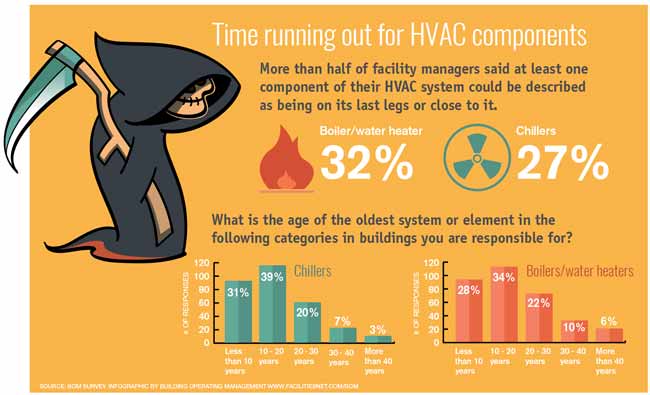The Ultimate Guide To Understanding Heat Pumps - How Do They Function?
The Ultimate Guide To Understanding Heat Pumps - How Do They Function?
Blog Article
Material Author-Grady Gylling
The very best heatpump can save you substantial amounts of money on power expenses. They can also help in reducing greenhouse gas discharges, especially if you use power instead of fossil fuels like propane and heating oil or electric-resistance heating systems.
Heatpump work significantly the same as a/c do. This makes them a sensible alternative to traditional electrical home furnace.
Just how They Work
Heat pumps cool down homes in the summer season and, with a little help from electrical power or gas, they supply several of your home's home heating in the winter months. They're an excellent choice for individuals that wish to reduce their use fossil fuels but aren't ready to change their existing heating system and cooling system.
They depend on the physical reality that even in air that appears as well cool, there's still energy existing: warm air is constantly relocating, and it intends to relocate right into cooler, lower-pressure atmospheres like your home.
Many power STAR accredited heat pumps operate at near to their heating or cooling capacity throughout most of the year, reducing on/off cycling and conserving power. For the best performance, focus on systems with a high SEER and HSPF score.
https://cost-of-replacing-home-ac21627.jaiblogs.com/56271487/heatpump-vs-furnace-which-is-the-better-heating-choice-for-your-home of the heat pump is the compressor, which is likewise known as an air compressor. This mechanical moving gadget makes use of potential power from power production to raise the stress of a gas by lowering its quantity. It is different from a pump in that it only deals with gases and can't deal with liquids, as pumps do.
Atmospheric air enters the compressor with an inlet shutoff. It circumnavigates vane-mounted arms with self-adjusting length that split the interior of the compressor, producing numerous tooth cavities of varying dimension. The rotor's spin forces these cavities to move in and out of phase with each other, compressing the air.
The compressor reels in the low-temperature, high-pressure cooling agent vapor from the evaporator and compresses it right into the warm, pressurized state of a gas. This procedure is duplicated as needed to provide home heating or cooling as called for. The compressor additionally includes a desuperheater coil that reuses the waste warmth and adds superheat to the cooling agent, altering it from its fluid to vapor state.
The Evaporator
The evaporator in heat pumps does the very same thing as it carries out in refrigerators and ac unit, altering fluid cooling agent right into an aeriform vapor that gets rid of heat from the room. Heat pump systems would certainly not work without this essential tool.
This part of the system is located inside your home or building in an indoor air handler, which can be either a ducted or ductless unit. heat pump deep cleaning contains an evaporator coil and the compressor that compresses the low-pressure vapor from the evaporator to high pressure gas.
Heatpump take in ambient warm from the air, and then make use of power to transfer that warmth to a home or service in heating setting. That makes them a lot much more power effective than electric heating systems or heaters, and due to the fact that they're making use of clean electrical energy from the grid (and not shedding fuel), they also create much less exhausts. That's why heatpump are such wonderful environmental options. (And also airconditioning system that they're coming to be so popular.).
The Thermostat.
Heat pumps are excellent choices for homes in cool environments, and you can use them in mix with traditional duct-based systems or even go ductless. They're a great alternative to nonrenewable fuel source heater or typical electrical heaters, and they're much more sustainable than oil, gas or nuclear heating and cooling devices.
Your thermostat is the most vital component of your heatpump system, and it functions extremely differently than a standard thermostat. All mechanical thermostats (all non-electronic ones) work by using compounds that change size with enhancing temperature, like curled bimetallic strips or the expanding wax in an automobile radiator valve.
These strips include two various types of steel, and they're bolted with each other to develop a bridge that completes an electrical circuit attached to your a/c system. As the strip gets warmer, one side of the bridge increases faster than the other, which triggers it to flex and signify that the heater is needed. When the heat pump remains in heating mode, the reversing valve reverses the circulation of refrigerant, to ensure that the outdoors coil now operates as an evaporator and the indoor cyndrical tube becomes a condenser.